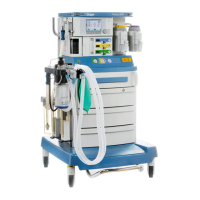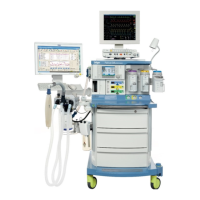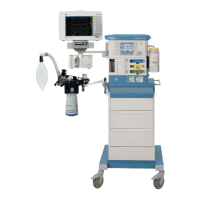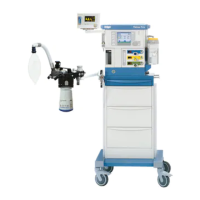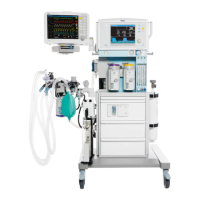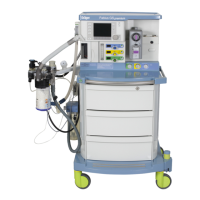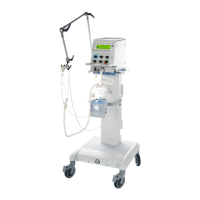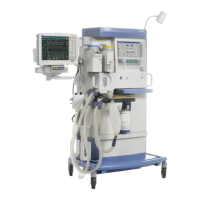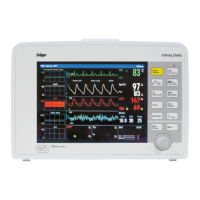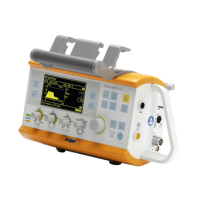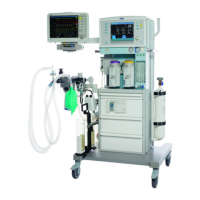
Do you have a question about the Dräger Fabius plus and is the answer not in the manual?
| Brand | Dräger |
|---|---|
| Model | Fabius plus |
| Category | Medical Equipment |
| Language | English |
Emphasizes the critical need to understand and adhere to all sections of the instructions for safe use.
Covers initial setup steps required before the device is used for the first time.
Details the essential daily and pre-use checks to ensure device readiness for operation.
Provides instructions on how to safely switch on the anesthesia workstation.
Explains how to interpret system test results to confirm device readiness.
Indicates that the device is ready for operation after a successful system test.
Indicates a non-critical malfunction; the workstation can still be used.
Indicates a serious malfunction blocking operation; the device must not be used.
Explains how alarms are signaled optically and acoustically.
Explains how the device assigns priorities to alarms based on their severity.
Explains how to adjust standard or individual alarm limits for parameters.
Describes how alarm messages are displayed in the alarm message field.
Details the alarm tones and sequences that are sounded for different alarm priorities.
Explains how to set individual alarm limits for minute volume (MV).
Presents the results of the system compliance test, essential for Volume Control mode accuracy.
Details the results of the ventilator leakage test, indicating PASS or FAIL.
Guides on identifying and fixing leaks in the system, which affect test results.
Provides a method to isolate individual components to find the source of leakages.
Lists common reasons for system leakages, such as improper component fitting or damage.
Describes the device's behavior during a mains power failure and battery operation.
Details the alarm for ventilator failure and the limited modes available.
Provides steps to bypass the ventilator to continue ventilation in specific failure scenarios.
Lists causes for O2 sensor calibration failure and their remedies.
Provides instructions and precautions for disassembling the device components.
Outlines procedures for cleaning, disinfecting, and sterilizing medical devices and components.
Safety precautions to take before starting the disassembly process.
Provides the step-by-step order for disassembling the device components.
Instructions for removing the expiratory valve component.
Instructions for removing the exhaust port component.
Classifies medical devices based on application type and associated risks for reprocessing.
Details the inspection procedures and intervals required for device maintenance.
Provides a form for recording daily and pre-use checkout procedures.
A checklist for daily and pre-use checkout, considering various device configurations.
